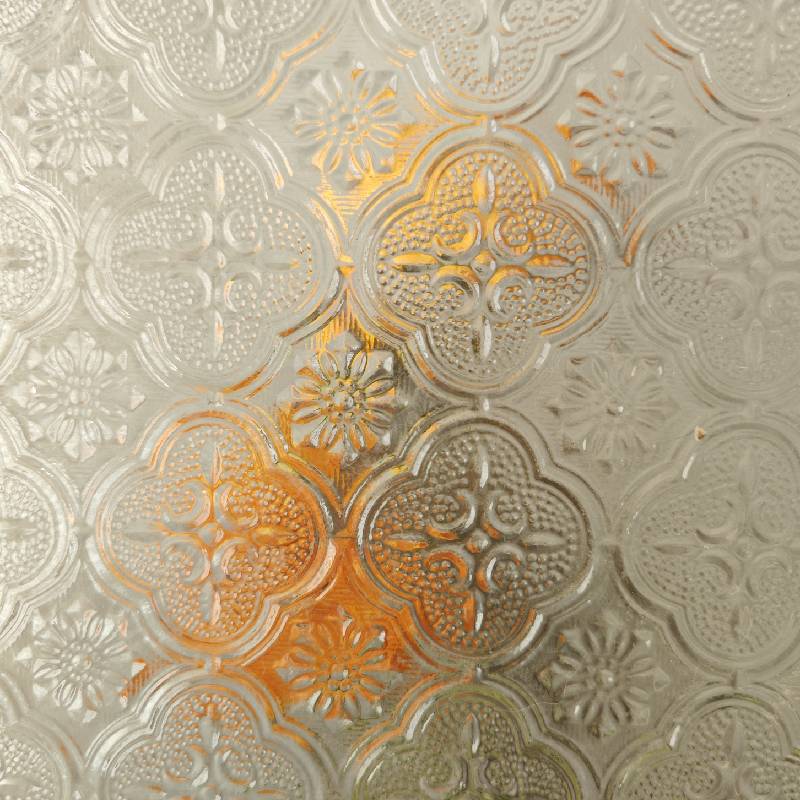

Understanding Pyrolytic Low-E Glass A Sustainable Solution for Modern Architecture
In today's world, where environmental concerns are at the forefront of architectural design and construction, pyrolytic low-emissivity (Low-E) glass has gained considerable attention. This innovative material not only enhances the aesthetic appeal of buildings but also plays a crucial role in energy efficiency and sustainability. In this article, we will explore the characteristics, benefits, and applications of pyrolytic low-E glass, illustrating its importance in modern architecture.
What is Pyrolytic Low-E Glass?
Pyrolytic low-E glass is a type of glass that has been coated with a thin metallic layer through a pyrolytic process. This process involves applying the coating to hot glass, allowing it to bond directly to the surface. The result is a durable, high-performance glass that minimizes heat transfer while maximizing natural light. The low-emissivity characteristics of this glass help control the amount of solar heat entering a building while reflecting interior heat back inside.
Energy Efficiency and Environmental Impact
One of the most significant advantages of pyrolytic low-E glass is its contribution to energy efficiency. By reducing heat loss during the winter and minimizing heat gain in the summer, this glass can help lower heating and cooling costs. Studies show that buildings utilizing low-E glass can reduce energy consumption by up to 25% compared to traditional glass.
Moreover, the use of pyrolytic low-E glass contributes to the reduction of greenhouse gas emissions. By enhancing the thermal performance of buildings, it lessens the reliance on heating and cooling systems, leading to decreased energy consumption from fossil fuels. This not only helps in preserving natural resources but also aligns with the global movement towards sustainable construction practices.
Enhancing Comfort and Aesthetics

Aside from its energy-saving benefits, pyrolytic low-E glass also enhances indoor comfort. It effectively controls glare and reduces the ultraviolet (UV) radiation that can cause fading of furniture, flooring, and artwork. With its ability to maintain a comfortable indoor temperature, occupants can enjoy their environments without the extreme fluctuations often associated with traditional glass.
In terms of aesthetics, pyrolytic low-E glass offers a modern look that complements various architectural styles. Its clarity allows for unobstructed views, thus creating a seamless connection between indoor and outdoor spaces. The glass can also be manufactured in diverse thicknesses and sizes, providing architects with flexibility in design.
Applications in Architecture
The applications of pyrolytic low-E glass are vast and varied. It is commonly used in residential buildings, commercial spaces, and institutional structures. Skylights, windows, and curtain walls made from low-E glass contribute to energy-efficient designs, making them ideal for both new constructions and retrofits.
For commercial buildings, the use of pyrolytic low-E glass can significantly enhance the building's performance rating, leading to better marketability and lower lifecycle costs. Energy-efficient buildings often receive tax incentives, zoning advantages, and higher tenant retention rates, making low-E glass a wise investment for developers.
Conclusion
In conclusion, pyrolytic low-E glass stands out as a remarkable material in the realm of contemporary architecture. Its energy-saving properties, environmental benefits, and aesthetic appeal make it an excellent choice for architects and builders aiming to create sustainable structures. As we move towards an increasingly eco-conscious society, the integration of pyrolytic low-E glass into architectural designs is likely to expand, fostering healthier living environments while addressing the challenges of energy consumption. Embracing this technology marks a significant step towards a more sustainable future, proving that innovation and environmental responsibility can go hand in hand in the world of construction.